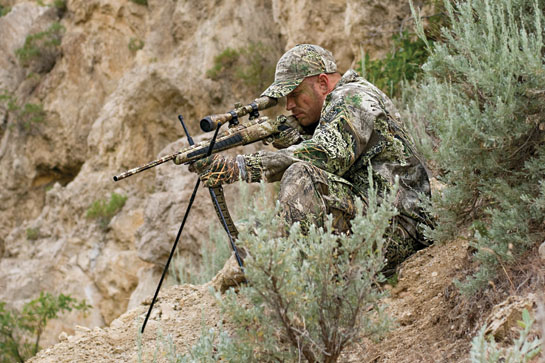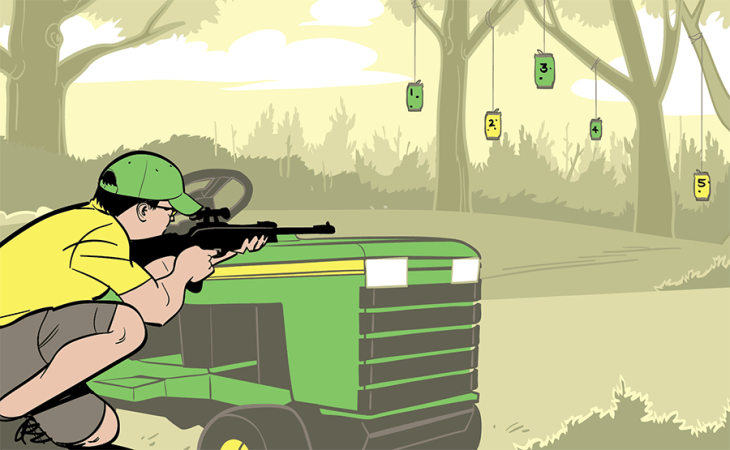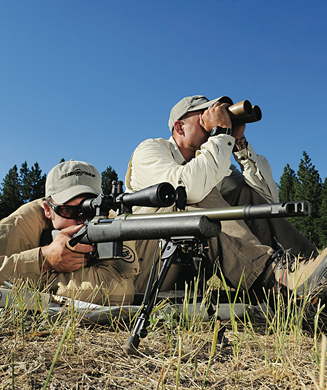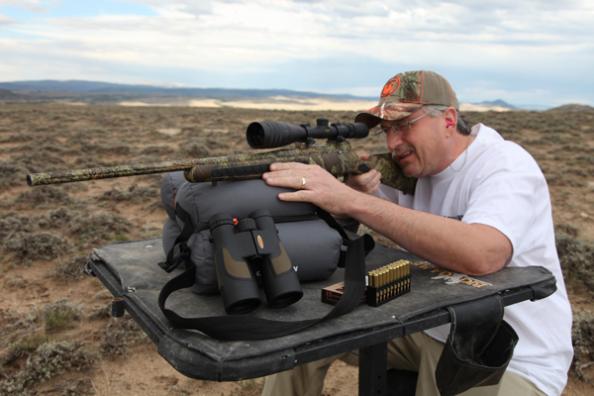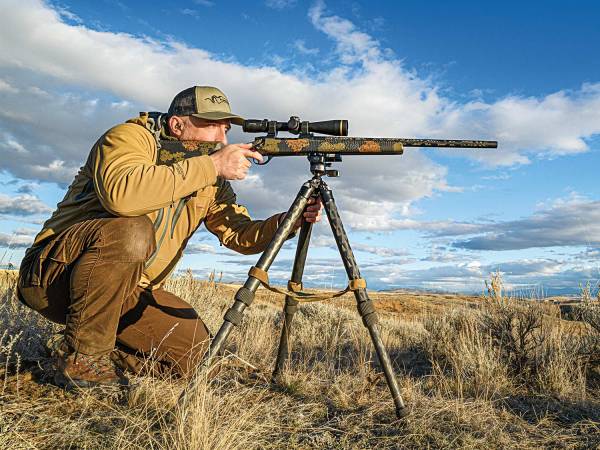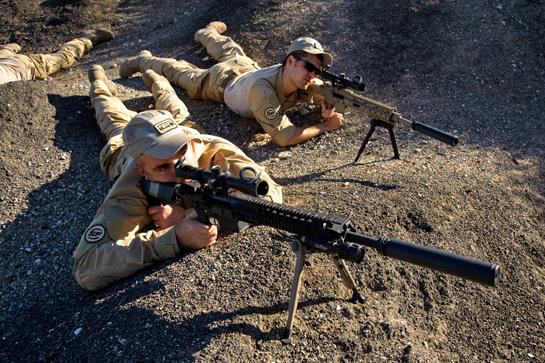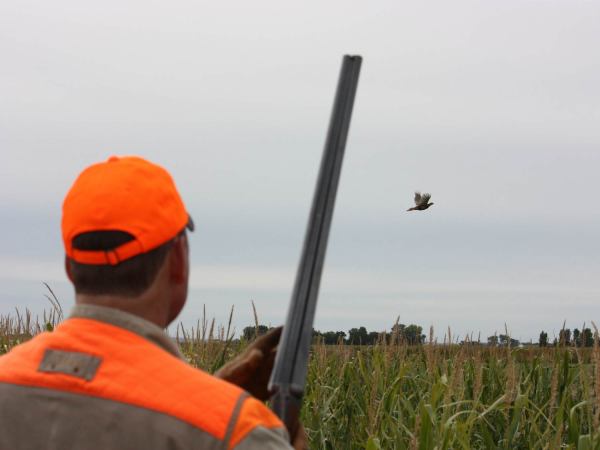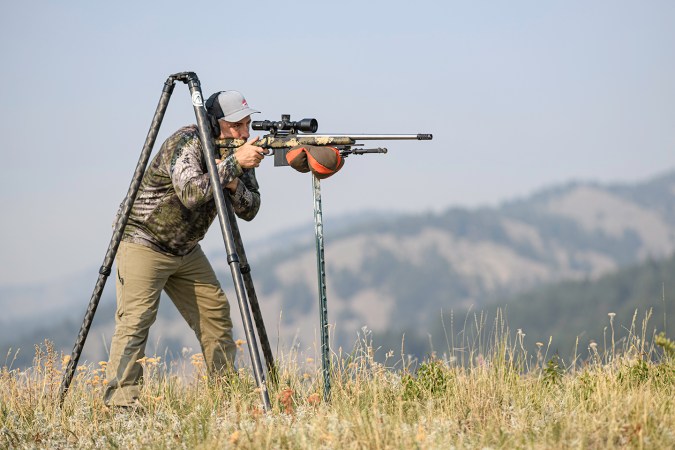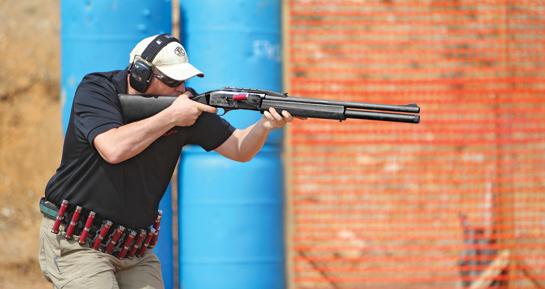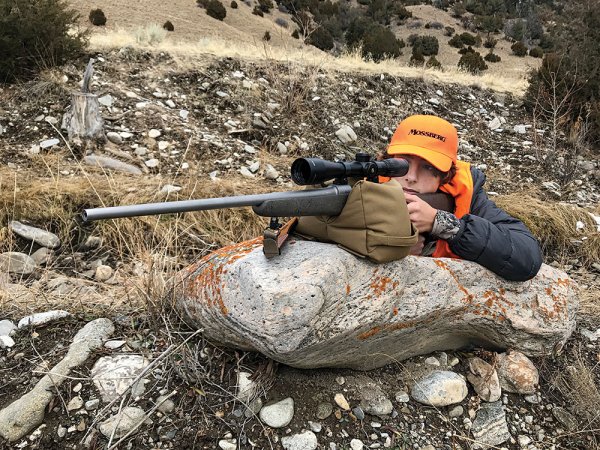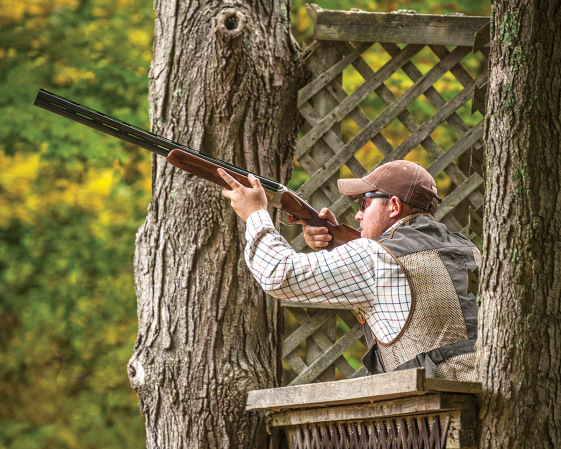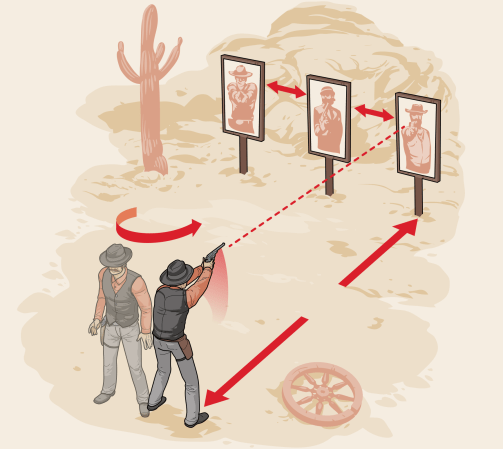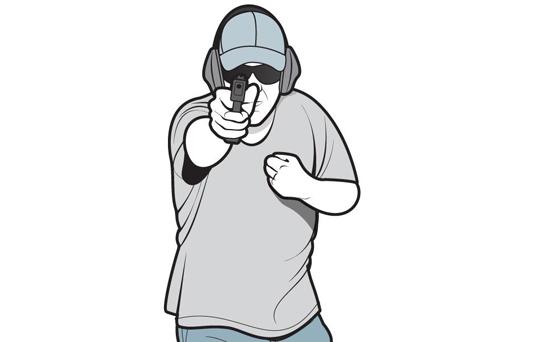We may earn revenue from the products available on this page and participate in affiliate programs. Learn More ›
Photo by John Hafner
I have a couple of gorgeous mule deer on my wall that I never would have tagged had it not been for shooting sticks. The same goes for my best elk and a laundry list of game taken in Africa.
Shooting sticks come in many varieties, but the common denominator is that all sticks provide an added measure of stability in the field and can dramatically increase the effective range of any hunter when they’re used the right way.
The best advice I can offer for when you’re using shooting sticks is, don’t rush. Take the time to anchor the sticks on solid ground and to set their height correctly the first time.
Brace Yourself
Shooting sticks are more than just a means to prop up a rifle. Correctly employed, they work to augment an already solid shooting stance. They particularly shine when used from a sitting position. With the sticks adjusted correctly, the shooter should be able to keep his elbows braced just in front of his knees, which is the proper sitting position, with the rifle resting securely in the V of the sticks. By shifting his body back and forth, the shooter can adjust the elevation of the muzzle while maintaining all points of contact.
Take a Stand
Shooting sticks that form a tall tripod are common in Africa, but they make sense for any hunter who plans to stalk in brushy country. They can be adjusted for height by moving the legs closer together or farther apart, and they allow the hunter to quickly pivot if need be.
The broad base of the tripod lets the shooter lean into the rifle, making the stance even more steady. Whether the shooter places the lead hand on the stock in front of the notch of the V or behind it doesn’t matter much. Either way, the shooter should pull the rifle tight in to the shoulder while also applying downward force to anchor the rifle in place. Using this type of dynamic tension–the forward lean of the body and the downward pull of the hand–can make a standing shot rock solid.

